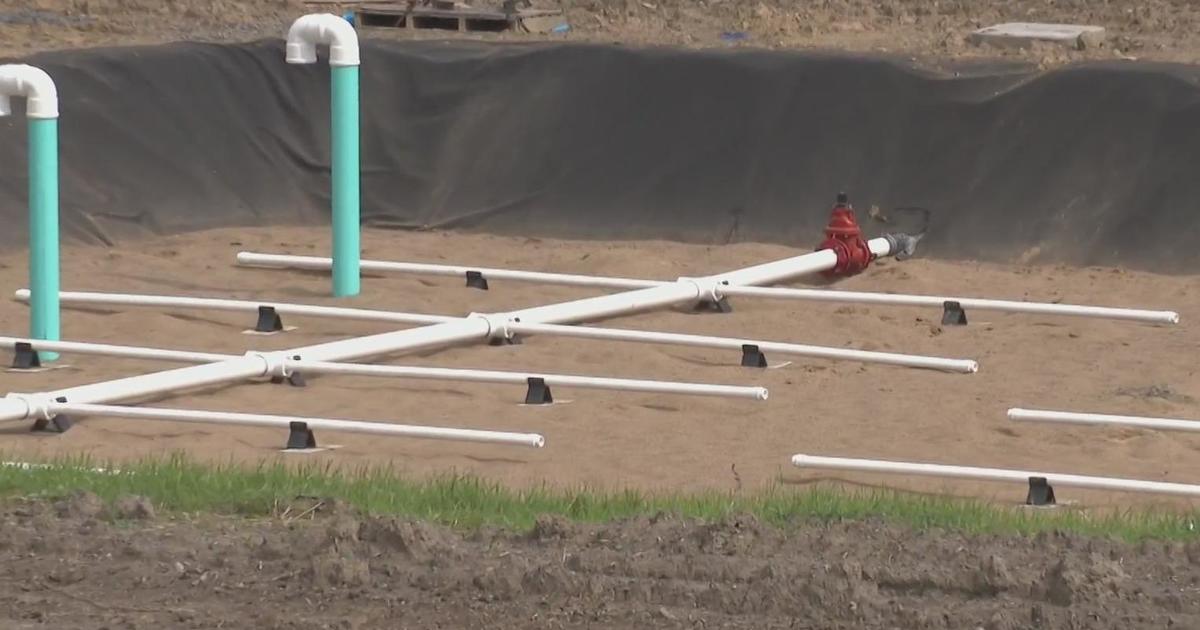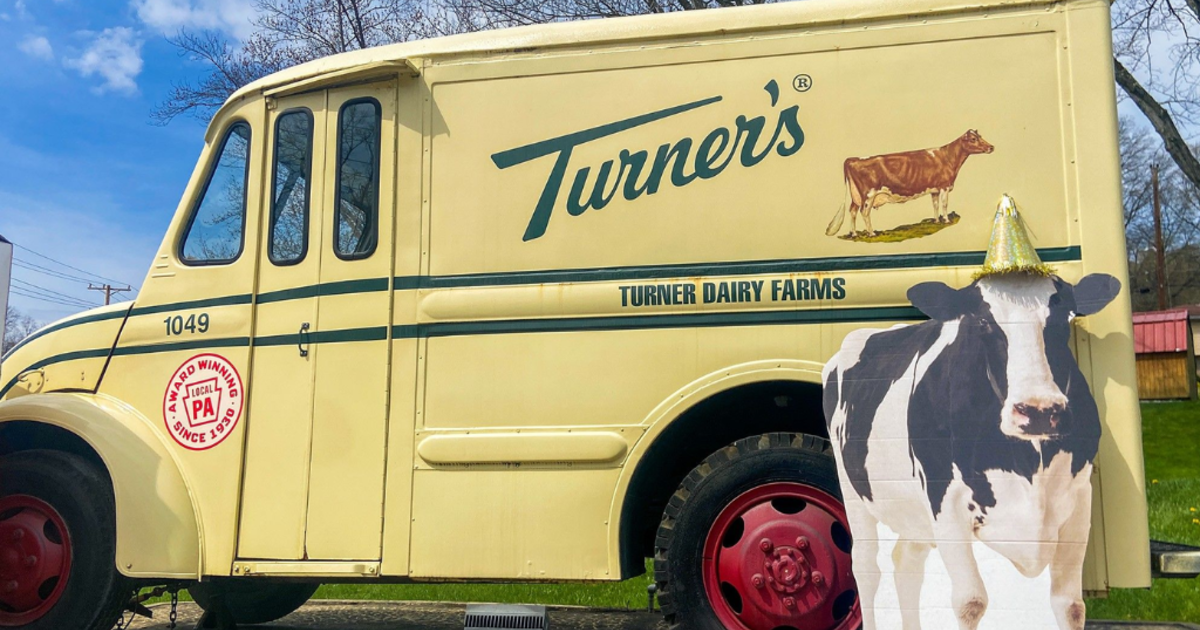New Synthetic Cartilage Being Used To Treat Common Foot Arthritis
PITTSBURGH (KDKA) - Logan Snyder has grown up playing softball, but then her big toes started to bother her.
"Once I got to about 12 or 13," says Logan, "I started to experience some pain and it just sort of escalated from there."
Her problem: hallux rigidus, or arthritis of the big toes -- the most common form of arthritis in the foot. The joint degenerates and becomes stiff.
Steps, walking, even just standing became agony.
"Aching, almost like a stabbing. Any time the toe would bend, it would hurt. So that was pretty much all the time," Logan said.
Usual measures include shoe inserts, rocker sole shoes, anti-inflammatories, and steroid injections.
Logan had a number of operations to cut away some of the toe bones to relieve pressure, but it didn't help, and she got sick from the pain medicines after surgery.
She sought another opinion from West Penn Hospital foot orthopedist Dr. Victor Prisk, who brought up a new synthetic cartilage.
"It's a hydrogel, kind of brings in water. Almost like a contact lens can breathe and bring in water," says Dr. Prisk. "It's almost squishy, but firm. It has very similar wear characteristics to our own human cartilage."
It was just approved by the FDA a few months ago. So, Logan was a little hesitant.
"Not only is it brand new, but it's brand new to him, as well. It was his first one if I remember correctly. So that made me a little nervous, and the fact that it was approved the morning of my surgery, which I didn't know until afterwards," Logan said.
The procedure involves drilling the end of the toe bone and inserting the implant with a special instrument.
The other main surgical option is to fuse the bones together. You gain pain relief, but lose motion.
Using a plug of synthetic cartilage has some advantages.
"When they come back in for the two-week post-op visit, they have more motion than they had after any other procedure. And they have more pain relief than with the other procedure, which has been amazing even to me, because I did not expect that," says Dr. Prisk. "It's a very fast recovery compared to other procedures. Most people are kind of getting into a shoe within three weeks."
Aside from passive stretching prevent stiffness, there is no required physical therapy.
"I had to do it a couple times a day. Just pull it back and like hold it there for as long as I could, which was really rough. But, it was necessary, though," says Logan.
In studies, there is a 4 percent failure rate. The implant was removed because the foot pain persisted, not because there were any problems with the implant. It's not for patients with gout, rheumatoid arthritis certain deformities, or for patients under 18.
It is covered by insurance, but out of pocket, the implant itself runs about $3,500.
"I have a lot of movement out of it compared to the previous surgeries," Logan said. "I'm not quite up to running yet, but walking is still good, going up stairs is good. So, now that I can do that without pain, it's just a huge change. It's really nice."
Join The Conversation On The KDKA Facebook Page
Stay Up To Date, Follow KDKA On Twitter



